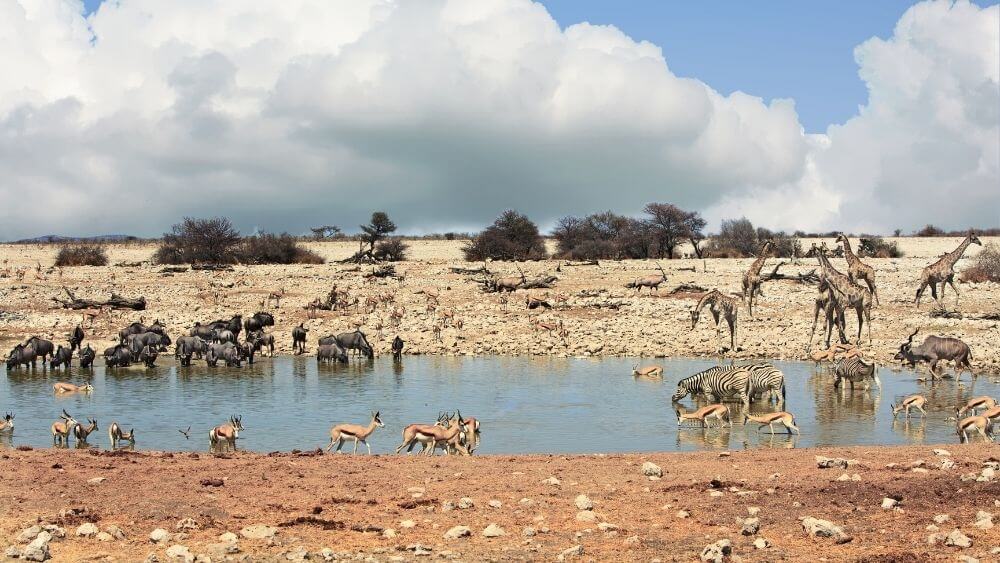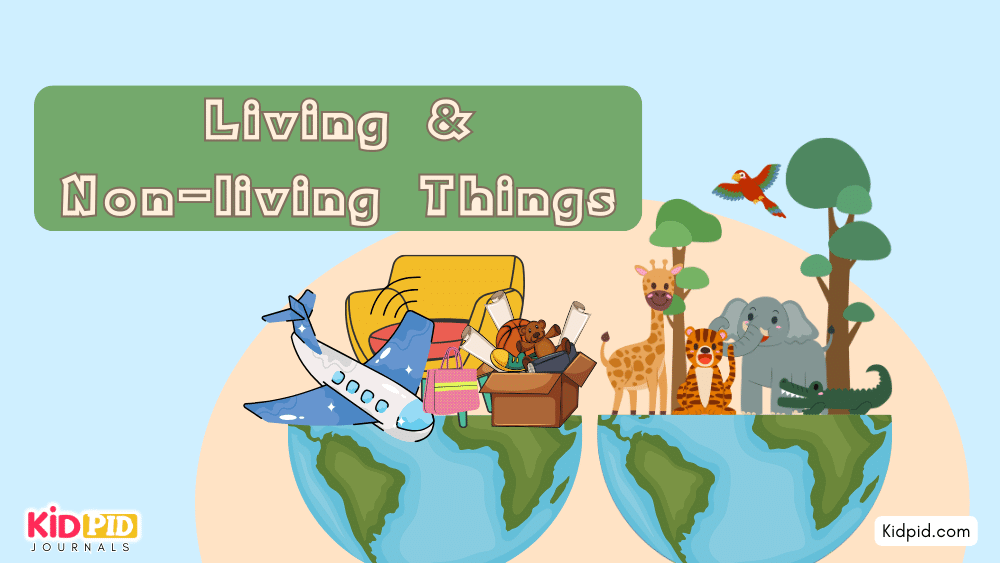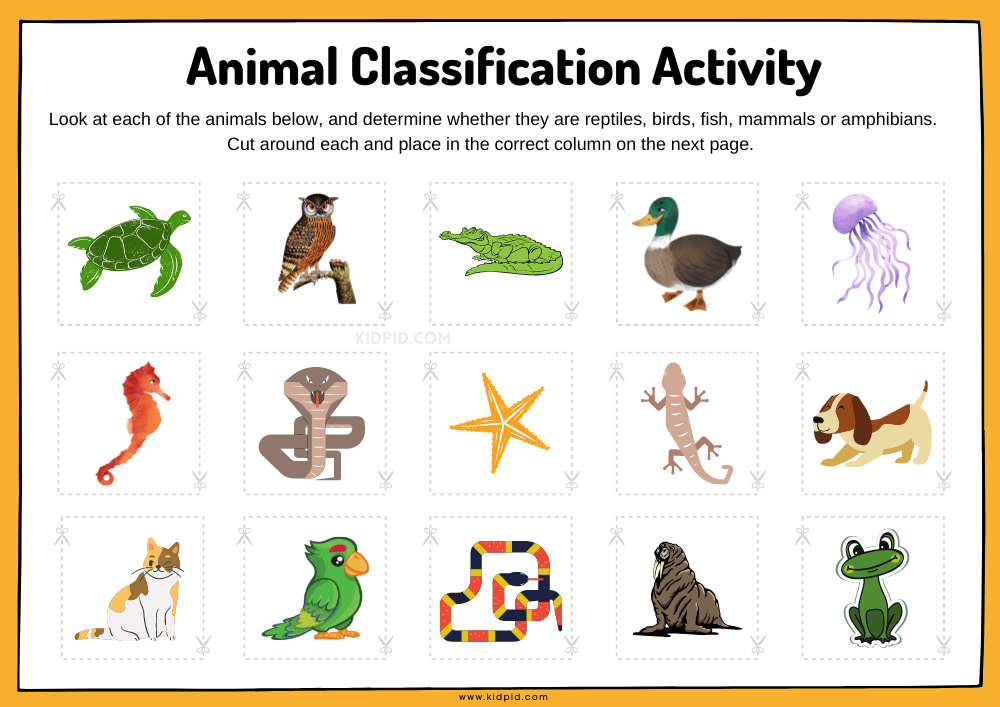How many animals are there in the world?

Ever wondered as to how many animal species exist in this world? Well, it turns out to be a hard question to answer! To date, scientists have discovered about 1.2 million animal species that live on land, rather than in the sea. Many scientists believe that there are still a lot of undiscovered species that live in the oceans whose accurate data has not to be figured out yet. Some believe that there are about 91% of the sea animals yet to be discovered. To date, there are about 8.7 million species that have been discovered and are living on Earth.
Contents
Why have been many species yet not discovered?
So, why we have not been able to discover more species? This is because animals have to be seen to be discovered. People have to go to their habitat to find them which is not an easy task. This also explains why many aquatic animals have still not been discovered. The tropical rainforest of Amazan is believed to be home to more than 50 % of the animal species discovered. The total number of animals in the world is too high to count.
Classification of species:
Mammals
Mammals belong to vertebrate animals. Mammals are warm-blooded and are considered to be the most intelligent creatures. They include a wide variety of animals from cats to humans. Mammals give birth to young ones and feed their babies with milk. Whales are one of the biggest mammals on the planet.
Birds
One of the most important characteristics of birds is that they have feathers. No other animals have a feather. Most of them can fly using their wings. They produce their young ones by laying eggs. Examples of birds include crow, peacock, dove, sparrow, etc.
Reptiles
Reptiles are mostly cold-blooded animals. Reptiles have dry skin that is covered with waterproof scales or horny plates. Most produce young by laying eggs. Some common examples of reptiles are saltwater crocodiles, sea turtles, lizards, etc.
Amphibians
Amphibians are the class of animals that live the first part of their lives in water and the last part on land. Amphibians have both gills and fins that help them to live in water. In the later part of their lives, they develop lungs which help them to breathe air. Examples of amphibians are frogs, toads, and salamanders.
Fishes
Fishes live in water and breathe through their gills. They have fins and scales which help them in swimming. They are cold-blooded animals that live their entire life in water. Examples of fishes are goldfish, oscar, sharks, etc.






Responses